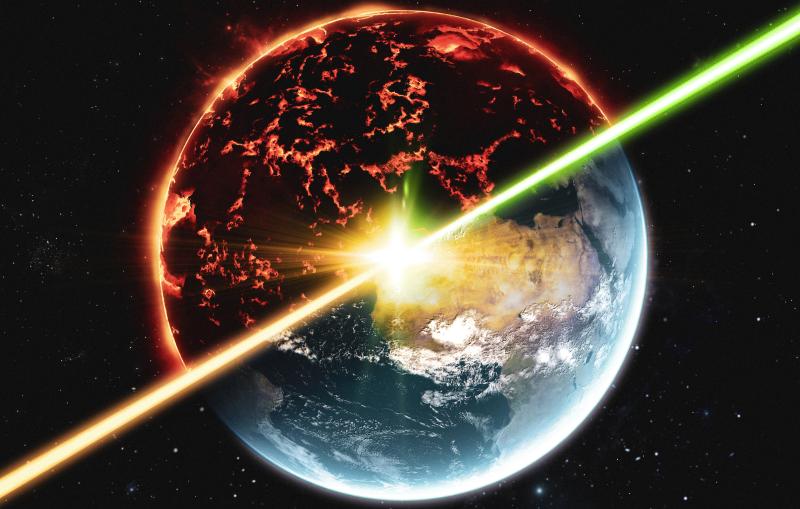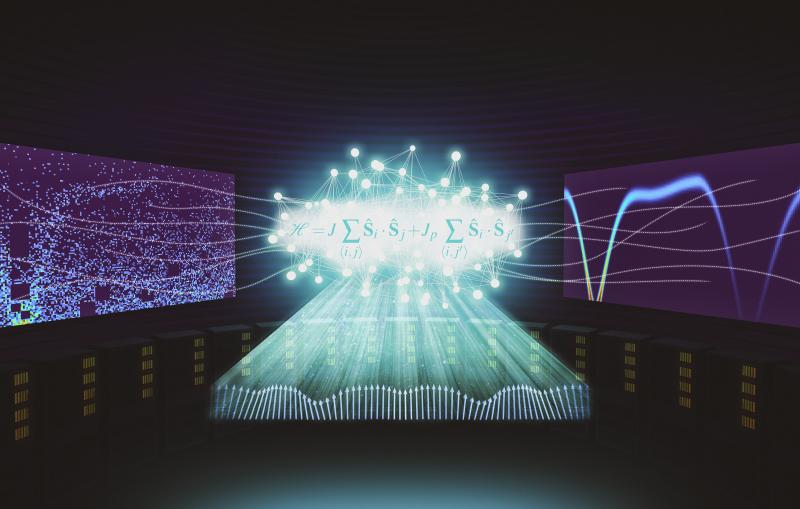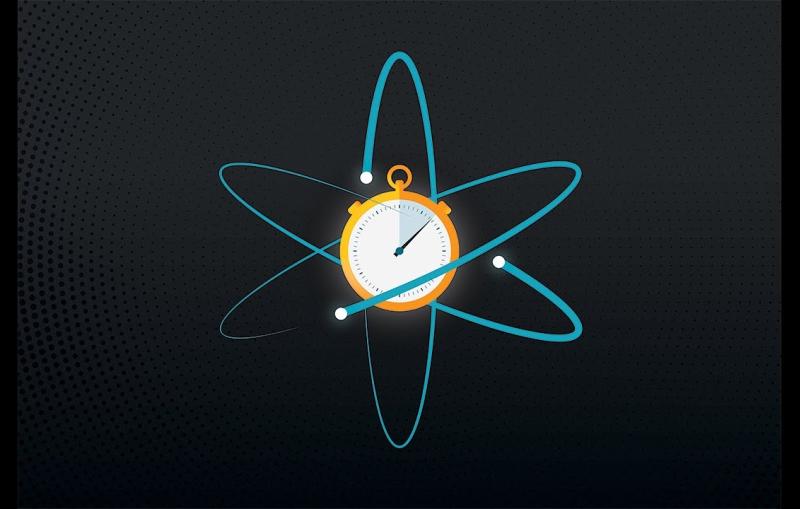Illustration
Deep inside rocky planets like Earth, the behavior of iron can greatly affect the properties of molten rock materials: properties that influenced how Earth...



Deep inside rocky planets like Earth, the behavior of iron can greatly affect the properties of molten rock materials: properties that influenced how Earth...


